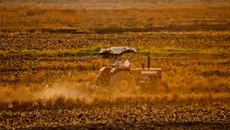

The international maize market has been very much in the spotlight over the past 2 to 3 weeks as the conditions in the US in particular are not optimal for planting. The extremely wet conditions prevailing in large parts of the country's production areas is preventing plantings from occurring at optimum tempos and as such is the rate at which plantings are currently progressing much later than the norm. Maize plantings were only 49% completed by 20 May, while the 5-year average rate has a 80% completion rate at the same time in the season. However, the big question remains; what will the impact of late planting be on American production and how will it affect international supply and demand as well as prices?
According to the US Department of Agriculture's latest world supply and demand report, world maize production is estimated at 1 133.78 million tonnes for the 2019/20 season. Approximately 1% more than the previous season's production. The US and China are still the two largest producers and production is estimated at 381.7 and 254 million tonnes respectively, good production in both countries. Argentina and Brazil also have good crops this season and are estimated at 49 and 101 million tonnes respectively. Global closing stock for the 2019/20 season is estimated at 314.71 million tons, with China accounting for about 61% of the world's maize closing stock. If China's stock is not taken into account, global closing stock is estimated at 122.9 million tons (Table 1).
Table 1: Production and closing stock estimate of the largest maize producing countries in the world for the 2019/20 season
|
Production (Million ton) |
Closing stock (Million ton) |
|||||
|
2018 |
2019 |
% Change |
2018 |
2019 |
% Change |
|
|
Argentina |
49.00 |
49.00 |
0% |
6.08 |
7.59 |
25% |
|
Brazil |
100.00 |
101.00 |
1% |
9.81 |
8.31 |
-15% |
|
China |
257.33 |
254.00 |
-1% |
209.84 |
191.82 |
-9% |
|
USA |
366.29 |
381.78 |
4% |
53.23 |
63.13 |
19% |
|
World Total |
1 119.00 |
1 133.78 |
1% |
325.94 |
314.71 |
-3% |
|
World total excl. China |
861.67 |
879.78 |
2% |
116.11 |
122.90 |
6% |
Graph 1 shows world end stock as a percentage of world consumption including and excluding China's stock. US closing stock as a percentage of US consumption is also shown in Graph 1. The annual average US and Argentinean maize prices are also shown in Graph 1 to illustrate long-term trends. Graph 1’s data clearly highlight the world end-of-consumption ratio is 28% when China's stock and consumption are taken into account. When China's stock and consumption are excluded, the stock to consumption ratio plummets to 14%. In the US, the closing stock for consumption ratio for the 2019/20 season is currently estimated at about 20%. This is as a result of the USDA's estimated 381.78 million ton crop for the season, which will be the 2nd largest US crop on record, if that is the case. It does not allow for possible production losses due to the difficult planting conditions currently prevailing. If the US production is lower for the season, it could have an impact on US and global stocks.
Graph 1 clearly indicate international prices have been very close to a 10-year low for the past four years. Prices have been trending downwards since the 2012/13 season and this continued due to global supplies which grew substantially. During the period between the 2009/10 and 2012/13 seasons, US, as well as world closing stock levels, were moving in a downward trend and international prices found strong support during this period. During the 2012/13 season, US closing stock was a mere 8% of US consumption, while world closings stocks totalled 16% of world consumption and 9% of world consumption if China's stock and consumption were not taken into account.
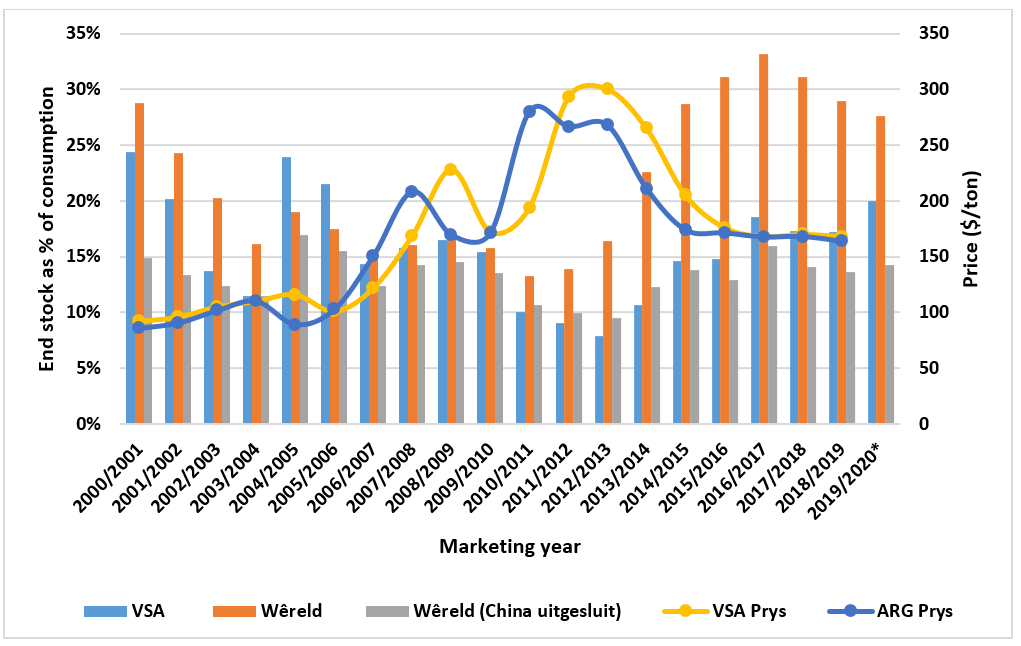 Graph1: International stock and price tendencies
Graph1: International stock and price tendencies
Source: Grain SA, USDA, IGR
Given the current world supply and demand report, there are currently no significant concerns about world supplies. Although the global closing stock has started to show a declining trend since the 2016/17 season, current reported and estimated stock levels are still fairly in line with the previous 5 to 6-year average stock levels relative to total consumption. However, the US production for this season will play a significant role in the international context, especially in terms of stock levels. If the US production is significantly lower than the current estimated production, it will not only have a negative impact on US supplies, but also on world supply and demand, which may provide support to international prices.
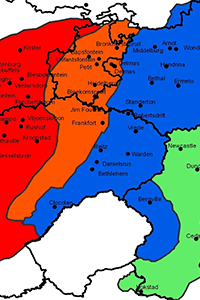
Summer grain producers in the western parts of the country are grateful that frost has not yet occurred as many of the crops are not yet physiologically ripe. Soybean harvesting is progressing well with producers in the eastern parts of the country largely completed harvesting, while producers in the Eastern Free State have already harvested about 30-40% of their soybean hectares.
Click the image below for full screen view
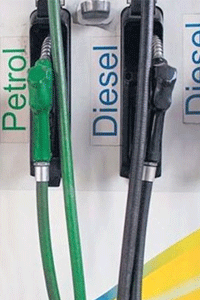
According to the latest information from the Central Energy Fund, the diesel price could increase by 14 cents per liter on June 5 and the petrol price decrease by 7 cents per liter. Please note that there is also a 10 cents carbon tax on diesel on June 5 and 9 cents per liter on petrol.
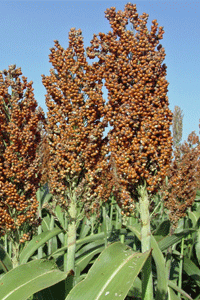
Pannar release
As part of managing our business for the sustained and long-term success, we continue to make the necessary refinements and strategic investments across our global business to further sharpen our focus on priority markets and crops. This helps our business drive targeted investments on work that delivers the most innovation and value to our farmers. We will continue to evaluate best options to be a reliable and sustainable supplier of sorghum hybrids to the South African market using our global germplasm resources including the PANNAR pool as appropriate, reflective of the prevailing business and market environment.
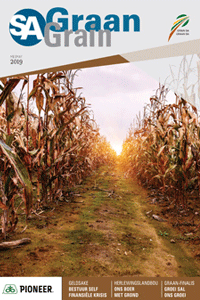
In the May issue of SA Graan/Grain, we look at, among other things, how crop rotation can increase crop production profit, what is the influence of foot-and-mouth disease on the market and we give an overview of the local 2018 barley harvest.
Read more about controlling winter weeds through burn down, temperature effect on wheat yield potential and a not-to-miss mini-focus on money and financial services.
SA Graan/Grain also made a turn at the regenerative agricultural conference at Reitz and the Create conference at NAMPO Park.
The magazine is already available electronically on the web as well as on Joomag. Visit https://www.grainsa.co.za/sagrain/2019/may/index.html to read the electronic scroll book.